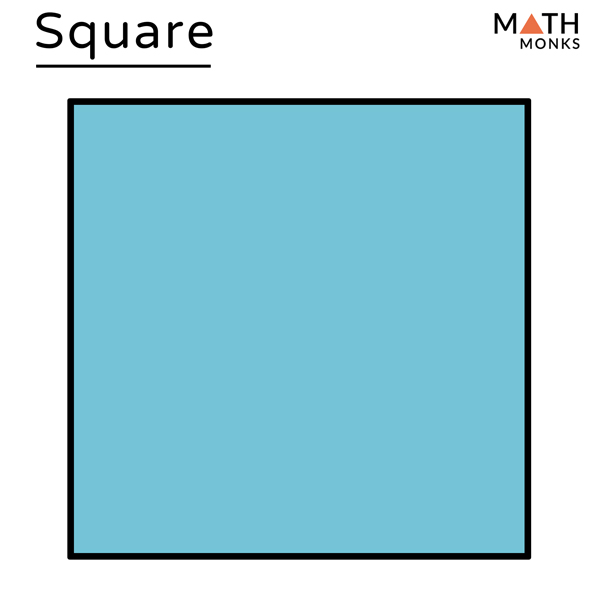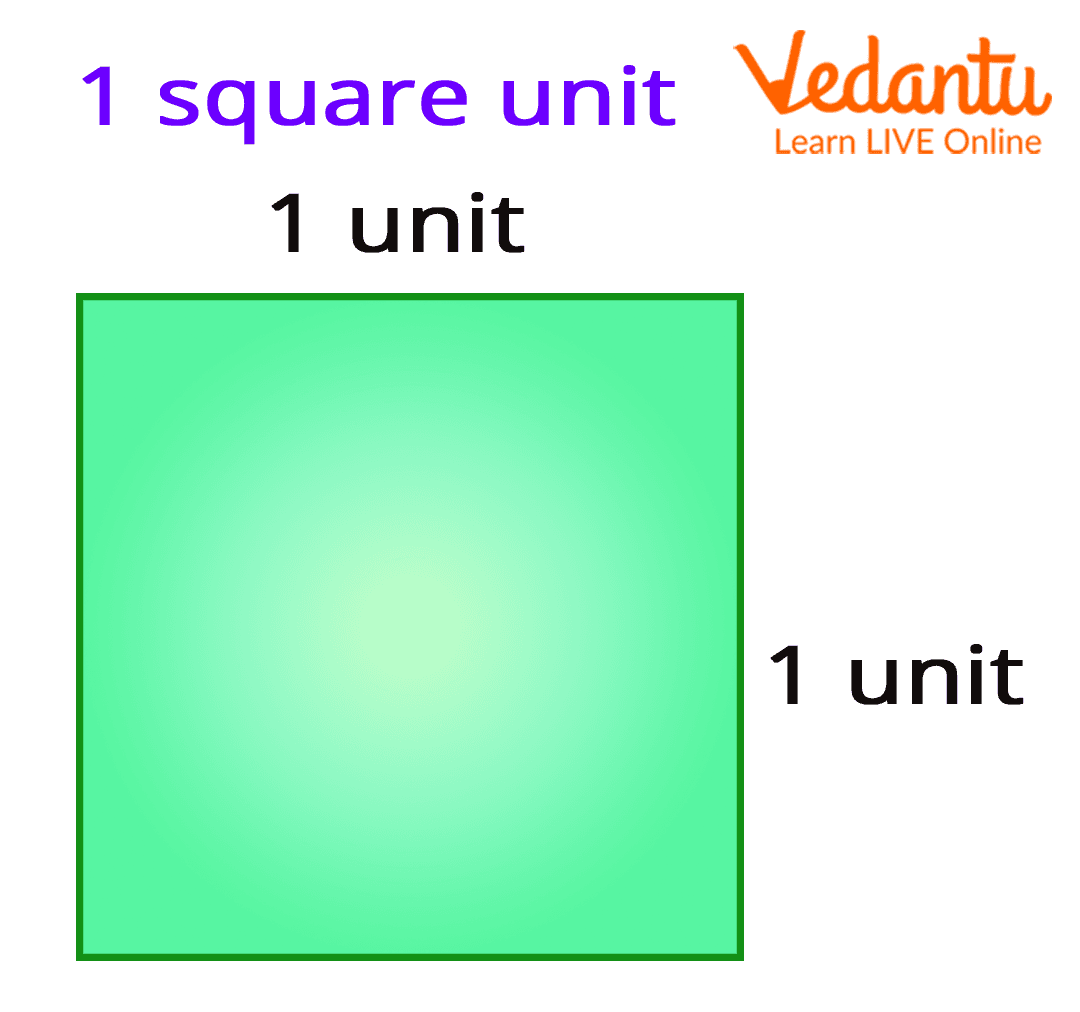Iran's Vast Expanse - Understanding Its Square Miles
Have you ever stopped to think about how big countries really are, or perhaps how they stack up against each other? It's kind of interesting, isn't it? When we talk about Iran, a nation in Western Asia, its sheer size often surprises people, you know, just how much ground it covers.
This country, which sits between the Caspian Sea and the Persian Gulf, holds a significant place on the world map because of its considerable area. It's one of those places that, when you look at the numbers, you start to get a better sense of its scale and, in a way, the diverse kinds of places found within its borders.
So, we are going to take a closer look at Iran's total square miles, comparing it to other well-known places, and also talk about what that large area means for its people and its natural features. It's a bit of a journey into geographical facts, actually.
- What Was Wrong With King George On Queen Charlotte
- Is Rod Stewart Still Alive
- Dix Hills Performing Arts Center
- %C3%B0%C3%B0%C3%B0%C3%B1%C3%B0%C3%B0 %C3%B0%C2%BA%C3%B1%C3%B0%C3%B1%C3%B1%C3%B0%C3%B1%C3%B0%C3%B0
- Patrick Swayze Last Picture
Table of Contents
- How Big is Iran Really?
- The Square Miles of Iran in a Global View
- What Makes Up Iran's Land Area?
- Water Bodies and the Square Miles of Iran
- Where Does Iran Sit on the Map?
- Neighboring Countries and Iran's Square Miles
- How Many People Live Across Iran's Square Miles?
- Population Spread Across the Square Miles of Iran
How Big is Iran Really?
When we consider the physical size of Iran, it really is a sizable nation, covering quite a bit of ground. The country stretches out over approximately 1,648,195 square kilometers, which translates to about 636,372 square miles. This measurement, in fact, puts it in a pretty high spot when we look at all the countries around the globe.
To give you a better idea of its place in the world, Iran actually ranks as the seventeenth largest country on Earth when we go by its total land area. That's a pretty impressive position, isn't it? It means there are only sixteen other countries that have more physical space than Iran does, which is something to consider.
So, when someone asks about the sheer scope of this nation, you can tell them it's quite a large piece of the planet. It holds its own among the bigger players, definitely, and that size influences many things about the country, from its weather patterns to how people live across its broad stretches of land.
- What Is Jtt Doing Now
- Elliot Page Dulu
- Do You Need To Watch Fury Road Before Furiosa
- Sarah Wright Olsen Parks And Rec
- Did Belle Gibson Go To Jail
The Square Miles of Iran in a Global View
To truly get a feel for the square miles of Iran, it often helps to put it next to places we might know better. For instance, if you think about the United States, which is a very big country at roughly 9,833,517 square kilometers, Iran is, in a way, a significant portion of that. It measures out to be about 16.76% of the size of the United States.
Now, let's consider a comparison that might hit a little closer to home for some people. If you're familiar with Alaska, the largest state in the United States, Iran's size is quite comparable. It is, to be honest, only about 4% smaller than Alaska itself. In fact, the area that Iran takes up is just a little bit larger than the state of Alaska, which is pretty striking.
This kind of comparison helps us visualize the vastness of Iran. It's not a small country by any stretch; it holds a very considerable amount of space on the planet. And, you know, knowing this helps us appreciate the sheer scale of the land, which includes all sorts of different geographical features, too.
What Makes Up Iran's Land Area?
When we talk about the overall size of Iran, it's worth noting that not every square mile is solid ground. Like many countries, it has both land and water within its boundaries. The total area, as we mentioned, is around 636,372 square miles, or 1,648,195 square kilometers, but that number includes all the bits and pieces.
Specifically, the land part of Iran accounts for about 631,663 square miles, which is roughly 1,636,000 square kilometers. So, that's the vast majority of the country's total surface. This land mass is where you find cities, farms, deserts, and, of course, those famous mountains that shape so much of the nation's character, really.
The remaining portion of Iran's area is made up of water bodies. This means lakes, rivers, and other watery expanses. It’s a smaller part, certainly, but still an important one, as these water sources play a big role in the country's environment and the lives of its people, too it's almost.
Water Bodies and the Square Miles of Iran
Speaking of water, a significant body of water within Iran is Lake Urmia. This particular lake is a salt lake, and it used to be the largest water feature in the country. At one point, it covered an area of 5,200 square kilometers, or about 2,000 square miles, which is a pretty substantial size for an inland lake, you know.
However, the situation with Lake Urmia has changed quite a bit. Due to periods of drought and the demands placed on the lake's water, its size has shrunk considerably. In fact, it has decreased by about 80% of its former area. This is a pretty dramatic change, showing how environmental factors can impact the water components within the square miles of Iran.
The total water area for Iran is approximately 4,633 square miles, which is about 12,000 square kilometers. While this is a small fraction compared to the land area, these water features, including rivers and smaller lakes, are still very important for the country's ecosystems and for human activities, too. They are, in a way, vital parts of the overall geographic picture.
Where Does Iran Sit on the Map?
Iran's location on the world map is, you know, quite interesting. It is situated in Western Asia, specifically between the Caspian Sea to its north and the Persian Gulf to its south. This placement puts it right in a region often referred to as the Middle East, giving it a unique position both geographically and culturally, in some respects.
Its geographical spot means it has a varied set of neighbors, which is pretty typical for countries in this part of the world. The mountains within Iran, as a matter of fact, have historically made it a bit tricky to get to both the Persian Gulf and the Caspian Sea easily. These natural barriers shape a lot of the country's internal movement and external connections, too.
Understanding Iran's location helps us see why it has such a rich history and diverse interactions with other nations. It's right there at a crossroads, connecting different parts of Asia, and that has, in a way, always been a defining characteristic of its place on the global stage.
Neighboring Countries and Iran's Square Miles
Iran shares its borders with a good number of other countries, seven nations in total, which is quite a few. To its west, it has borders with Iraq and Turkey. These are, of course, significant connections, influencing trade and cultural exchanges over many years. The square miles of Iran extend right up to these western neighbors.
Moving to the north, Iran shares its boundaries with Armenia, Azerbaijan, and Turkmenistan. It also has a northern coastline along the Caspian Sea, which is a really large inland body of water. These northern connections are, you know, important for regional interactions and for the flow of goods and people across these shared spaces.
Then, if we look to the east, Iran borders Afghanistan and Pakistan. These eastern frontiers also represent important historical and contemporary links. So, basically, Iran is surrounded by a diverse group of countries, each contributing to the overall picture of its extensive square miles and its connections to the wider world.
How Many People Live Across Iran's Square Miles?
The number of people living in Iran has changed over time, as populations often do. Currently, in 2024, Iran is home to about 89 million people. This makes it a very populous country, actually, placing it as the 18th most populous nation in the world. That's a lot of people spread out over those vast square miles.
If we look back just a little, the country was reported to have about 81 million inhabitants, so there's been a noticeable increase in its population. This growth means more people are living and working within the same general area, which can have all sorts of implications for how the land is used and how resources are managed, too.
Comparing Iran's population to the United States, for instance, which has about 337.3 million people, gives you another perspective. Iran has roughly 250.6 million fewer people than the United States, even though, as we discussed, its land area is quite a significant fraction of the U.S. total. It's an interesting contrast, that.
Population Spread Across the Square Miles of Iran
When you consider the number of people and the total square miles of Iran, you can figure out the population density. This density is relatively low across the country as a whole. It works out to be about 54 people for every square kilometer, or roughly 140 people per square mile. This suggests that there are many areas that are not very crowded, which is true in a way.
However, it's important to remember that averages don't tell the whole story. While the overall density might seem low, some provinces within Iran are, in fact, far more crowded than others. People tend to gather in cities or in areas with more resources, like water or fertile land, so the population isn't evenly spread out across all those square miles.
This uneven distribution means that while some parts of Iran might feel very open and sparsely populated, other areas, particularly urban centers, can feel quite packed. It’s a pretty common pattern in countries with diverse geographies, where natural features like mountains or deserts might make some regions less suitable for large settlements, you know.
So, we've taken a good look at Iran's size, covering its square miles, how it compares to other places like the United States and Alaska, and what makes up its land and water areas. We also explored its location, the countries it shares borders with, and how many people call its vast expanse home, along with how those people are spread out across the land.
- %C3%AF%C3%AE%C3%AE %C3%AE%C3%AE%C3%AE %C3%AF%C6%92%C3%AE%C3%AE%C3%AF
- What Was Wrong With King George On Queen Charlotte
- Sarah Fay Wright
- Lainey Wilson 4x4xu
- Janet Jackson 1st Husband

Square

What Is A Square

What Does A Square Mean In Literature at Rafael Gilliam blog